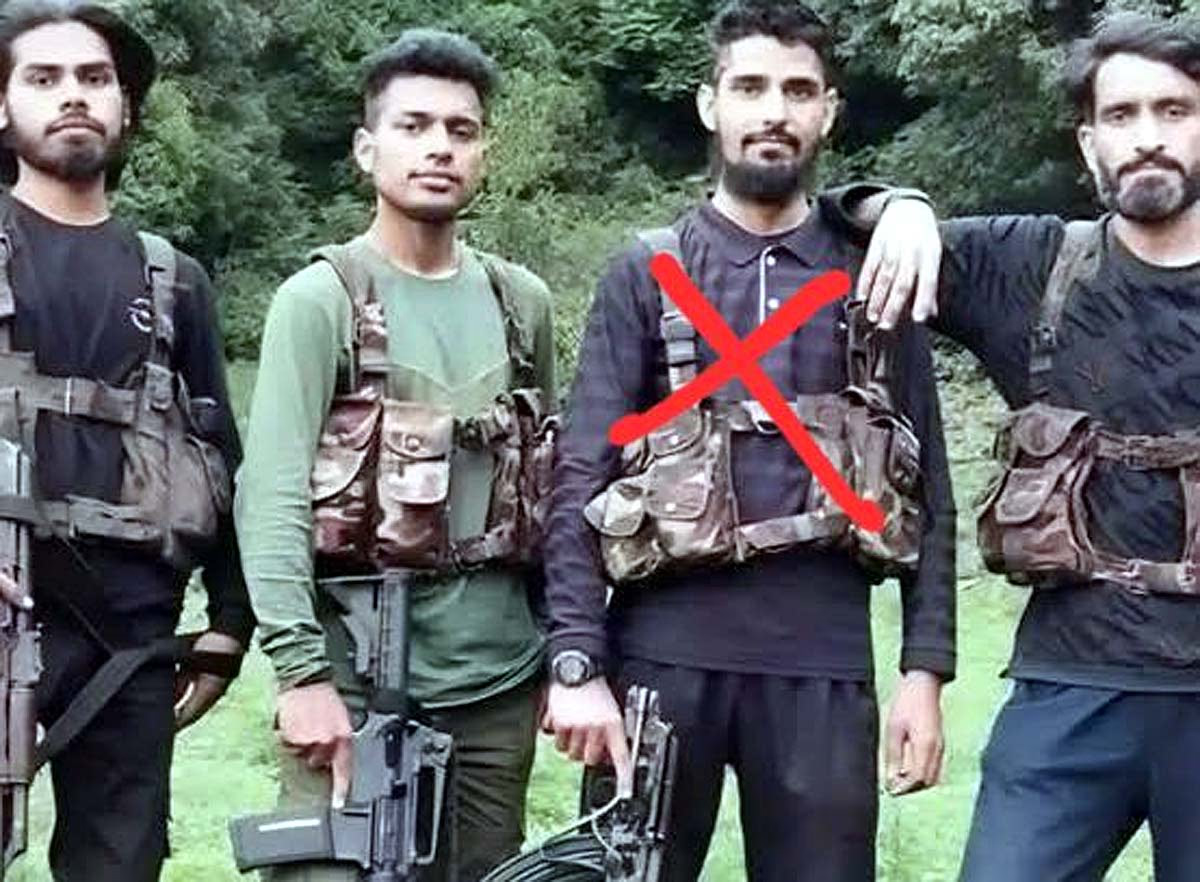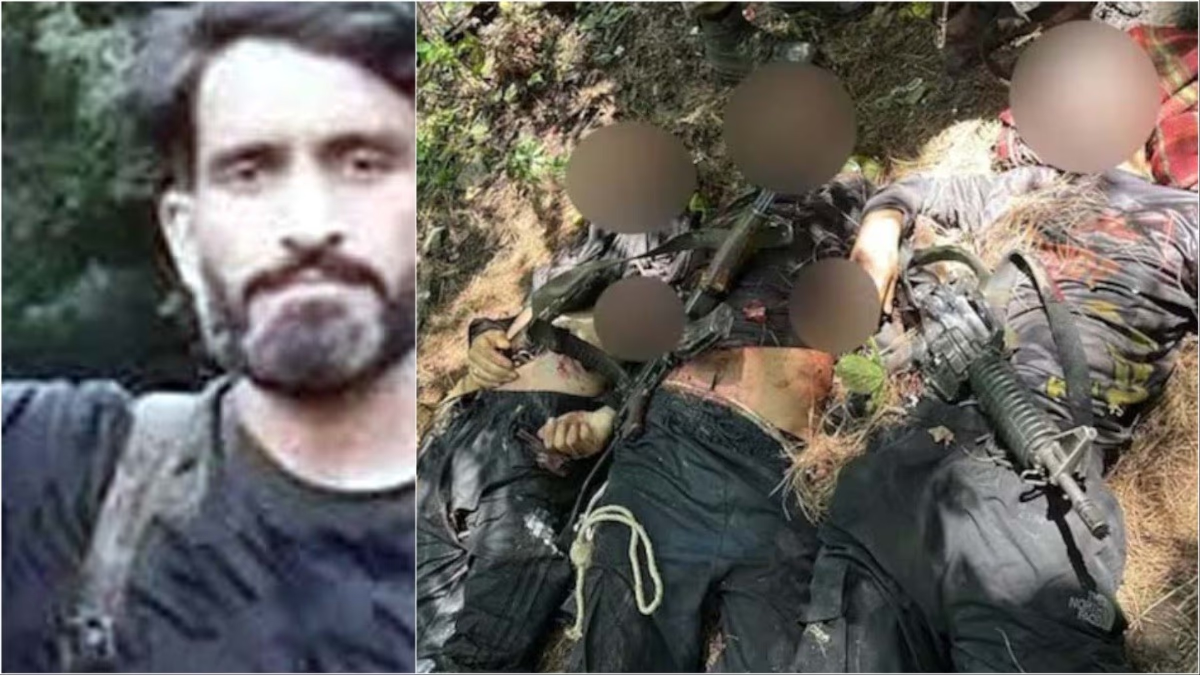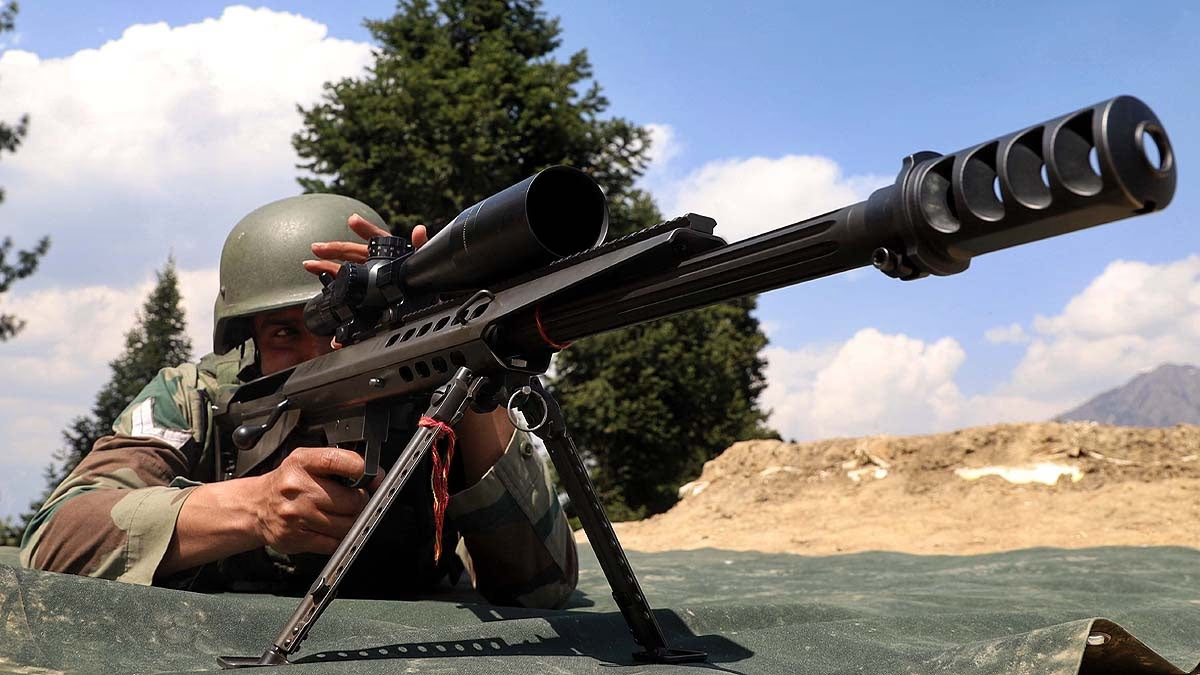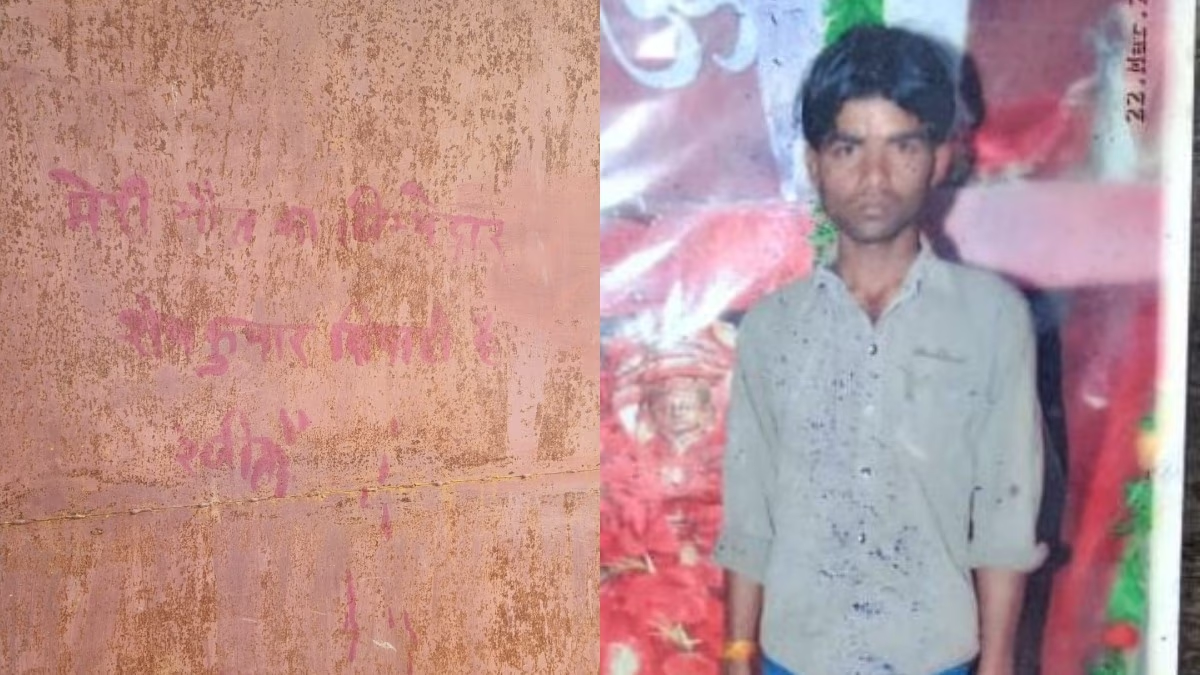In Jammu and Kashmir, the mastermind behind the Pahalgam attack, Hashim Musa, a top commander of Lashkar-e-Taiba (LeT) and former soldier of the Pakistani army, was finally taken down by the Indian army. This encounter unfolded on July 28 in the vicinity of Lidwas, Srinagar, with subsequent photos providing a glimpse into the operation.
Hashim Musa was not only linked to the Pahalgam attack but also held accountable for the Sonamarg Tunnel assault. Let us delve into the details of the operation, the identity of Hashim Musa, and its implications for India's security.
Pahalgam and Sonamarg Attacks: What Transpired?
Pahalgam Attack (April 22, 2025):
In Baisaran Valley, Pahalgam, Jammu and Kashmir, five terrorists launched an attack on 26 tourists, with the majority being Hindus. A Christian tourist and a local Muslim were also killed in the assault, which involved M4 carbines and AK-47 ammunition. The Resistance Front (TRF), a front for Lashkar, initially claimed responsibility but later retracted.

Source: aajtak
Sonamarg Tunnel Attack (2024):
Near the Z-Morh Tunnel in Sonamarg, this attack claimed seven lives, including six laborers and one doctor. Lashkar-associated terrorists executed this assault, and Hashim Musa’s involvement emerged during the investigation.
Who was Hashim Musa?
Known also as Suleiman Shah Musa Fauji, Hashim Musa was a formidable commander within Lashkar-e-Taiba. His journey is compelling...
Background: Hashim Musa served as a para-commando in Pakistan's Special Service Group (SSG), an elite military unit.
Joining Lashkar: He infiltrated India in 2022 to join Lashkar, orchestrating several attacks.
Mastermind of Attacks: His role was pivotal in planning and executing the Pahalgam attack. He operated in Baisaran Valley from April 15, conducting reconnaissance for seven days.
Sonamarg Connection: He led the Sonamarg Tunnel attack, which resulted in seven casualties.
Hiding Places: Hashim concealed himself within Dachigam and Lidwa's lush forests, plotting an escape to Pakistan.
The military placed a bounty of 1 million rupees on Hashim Musa, aiming to apprehend or neutralize him due to his involvement in multiple attacks, including those in Ganderbal and Baramulla.
Operation Mahadev and Lidwas Encounter
Launched 96 days after the Pahalgam attack, Operation Mahadev triumphantly neutralized Hashim Musa. Here’s a breakdown of how the mission unfolded...
Preparation: The military tracked Hashim's location with drones, thermal imaging, and human intelligence in Lidwa's forests.
Encounter: On the morning of July 28, 2025, the area was encircled by forces. A gunfight ensued with Hashim and his two associates, leading to their death after six hours.
Weapons and Evidence: The encounter yielded AK-47s, grenades, and IEDs. Hashim carried a Pakistani passport and satellite phone, indicating contact with ISI.
Photos: Images from the Lidwas encounter surfaced, depicting the slain terrorists and their weapons, highlighting the military's successful endeavor.
What Distinguished This Operation?
Indigenous Technology: The military utilized indigenous drones and radar technology, proving invaluable in detecting terrorists hidden in forests.
Precision: Caution was taken to prevent civilian harm.
Long-Term Strategy: The 96-day operation involved intelligence gathering, encirclement, and precise strikes.
Drones monitored terrorist activities even at night, while thermal cameras detected their heat signatures. Robots were employed to disarm IEDs.




